Sidusglacies - ⚡️

More Posts from Sidusglacies and Others



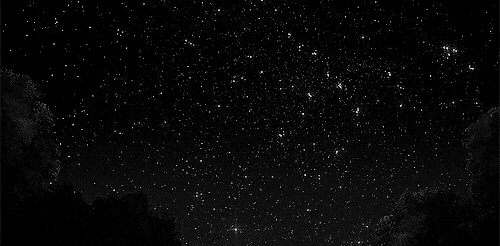
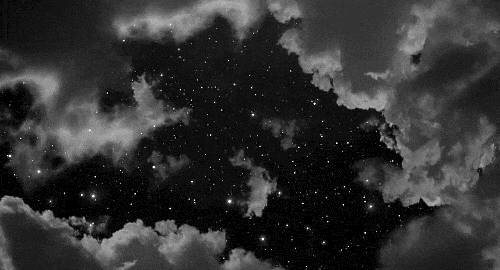
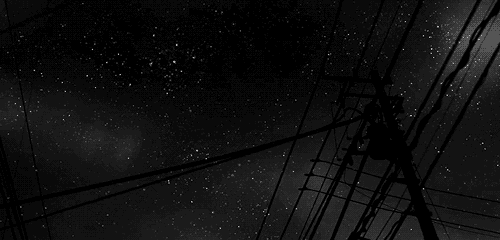
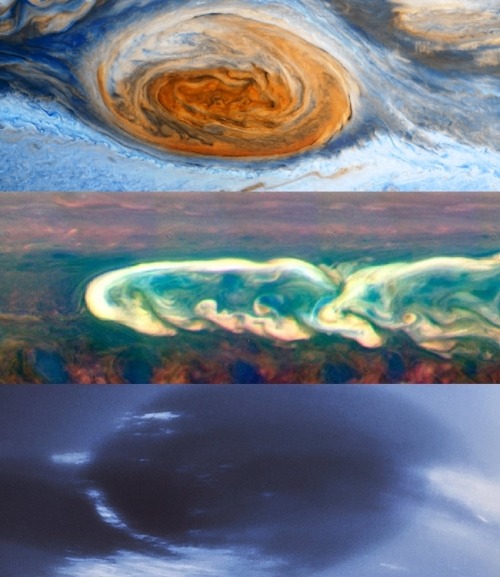
Winds on Jupiter: 620 km/h
Winds on Saturn: 1800 km/h
Winds on Neptune: 2400 km/h
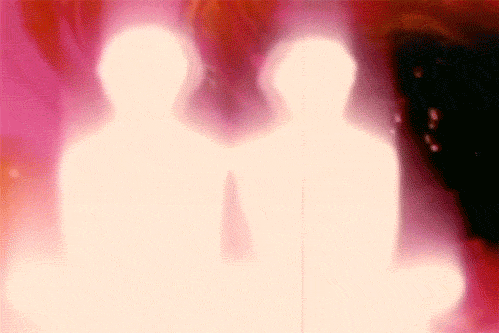
“Once you truly experience a spiritual bond that transcends physicality, you will always consciously or unconsciously seek bonds that are able to pierce into the deepest layers of your soul, and anything less just feels so frivolous.”~ AV
You know what? It’s really like that sometimes.


What drives auroras on Saturn? To help find out, scientists have sorted through hundreds of infrared images of Saturn taken by the Cassini spacecraft for other purposes, trying to find enough aurora images to correlate changes and make movies. Once made, some movies clearly show that Saturnian auroras can change not only with the angle of the Sun, but also as the planet rotates. Furthermore, some auroral changes appear related to waves in Saturn's magnetosphere likely caused by Saturn's moons. Pictured here, a false-colored image taken in 2007 shows Saturn in three bands of infrared light. The rings reflect relatively blue sunlight, while the planet itself glows in comparatively low energy red. A band of southern aurora in visible in green. In has recently been found that auroras heat Saturn's upper atmosphere. Understanding Saturn's auroras is a path toward a better understanding of Earth's auroras.
Image Credit: NASA, Cassini, VIMS Team, U. Arizona, U. Leicester, JPL, ASI
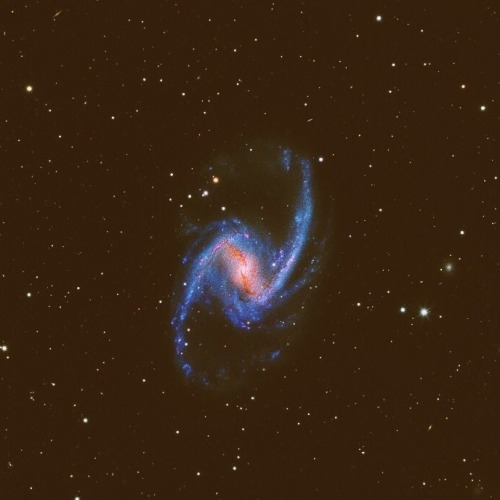

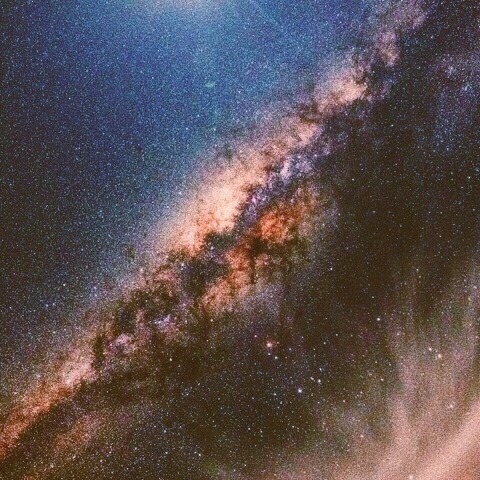
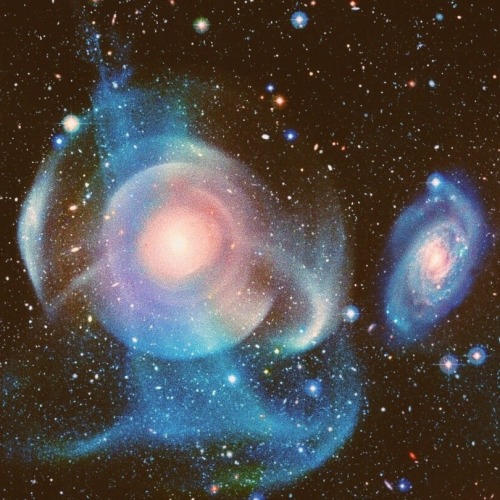
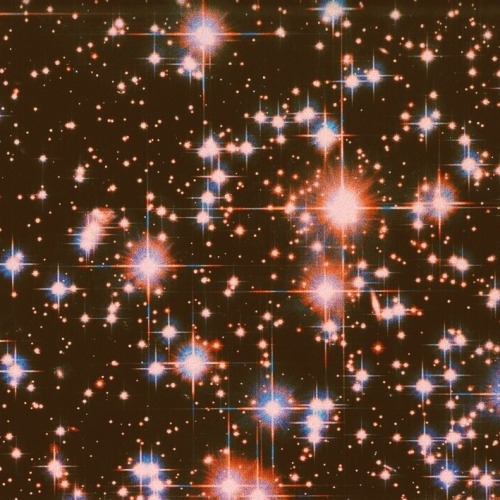
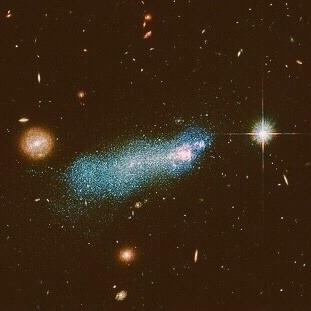
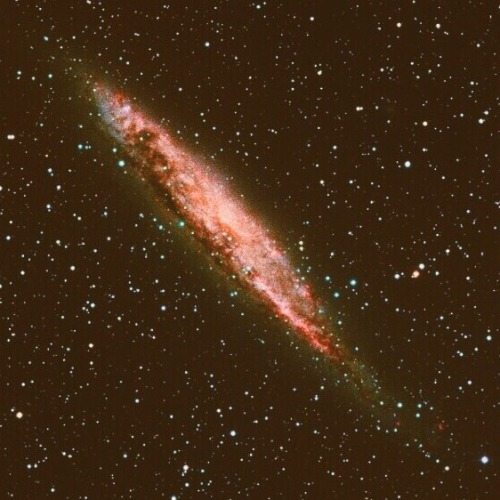
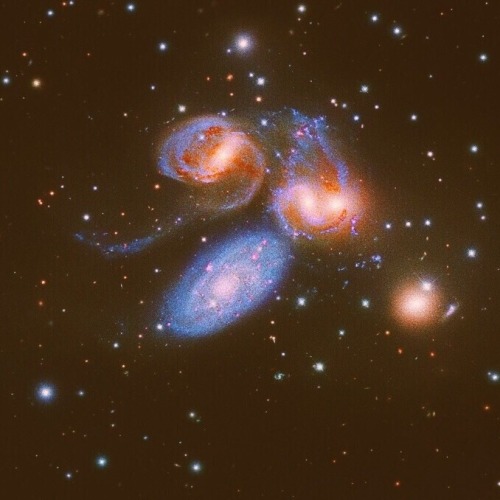
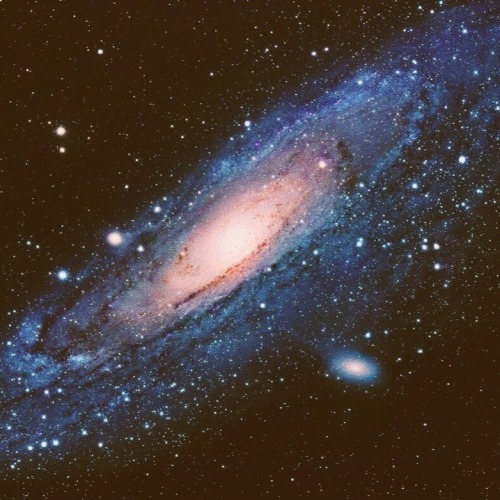

This user misses space
-Mod Tohru

Hubble sees a cosmic caterpillar by Hubble Space Telescope / ESA
-
 egosumhodie-blog reblogged this · 4 months ago
egosumhodie-blog reblogged this · 4 months ago -
 n--k--0 reblogged this · 6 months ago
n--k--0 reblogged this · 6 months ago -
 renposter liked this · 6 months ago
renposter liked this · 6 months ago -
 double-mint-bitch reblogged this · 6 months ago
double-mint-bitch reblogged this · 6 months ago -
 3eyeswidenlooking reblogged this · 6 months ago
3eyeswidenlooking reblogged this · 6 months ago -
 3eyeswidenlooking liked this · 6 months ago
3eyeswidenlooking liked this · 6 months ago -
 adversary1 reblogged this · 6 months ago
adversary1 reblogged this · 6 months ago -
 littlebatss liked this · 6 months ago
littlebatss liked this · 6 months ago -
 leosneverfall reblogged this · 6 months ago
leosneverfall reblogged this · 6 months ago -
 chocolatethunder-1 liked this · 6 months ago
chocolatethunder-1 liked this · 6 months ago -
 through-a-dirty-lens reblogged this · 6 months ago
through-a-dirty-lens reblogged this · 6 months ago -
 tesaoesentimento liked this · 7 months ago
tesaoesentimento liked this · 7 months ago -
 kawiza reblogged this · 11 months ago
kawiza reblogged this · 11 months ago -
 shesapunkbaby reblogged this · 1 year ago
shesapunkbaby reblogged this · 1 year ago -
 jj12120 liked this · 1 year ago
jj12120 liked this · 1 year ago -
 cristianmariin liked this · 1 year ago
cristianmariin liked this · 1 year ago -
 wordsacrossspaceandtime reblogged this · 1 year ago
wordsacrossspaceandtime reblogged this · 1 year ago -
 justanyoldname liked this · 1 year ago
justanyoldname liked this · 1 year ago -
 nudeartpluspoetry reblogged this · 1 year ago
nudeartpluspoetry reblogged this · 1 year ago -
 darkmoodnature reblogged this · 1 year ago
darkmoodnature reblogged this · 1 year ago -
 heavenly-garden liked this · 1 year ago
heavenly-garden liked this · 1 year ago -
 rlbmut-06 liked this · 1 year ago
rlbmut-06 liked this · 1 year ago -
 natural-world reblogged this · 1 year ago
natural-world reblogged this · 1 year ago -
 potaytopotahtopotuhto liked this · 1 year ago
potaytopotahtopotuhto liked this · 1 year ago -
 ellencitadinesworld liked this · 1 year ago
ellencitadinesworld liked this · 1 year ago -
 alex-siberia liked this · 1 year ago
alex-siberia liked this · 1 year ago -
 robthejar26 liked this · 1 year ago
robthejar26 liked this · 1 year ago -
 natural-world reblogged this · 1 year ago
natural-world reblogged this · 1 year ago -
 natural-world reblogged this · 2 years ago
natural-world reblogged this · 2 years ago -
 gabirothehero liked this · 2 years ago
gabirothehero liked this · 2 years ago -
 rainydaysarepeaceful liked this · 2 years ago
rainydaysarepeaceful liked this · 2 years ago -
 cayetana6591 liked this · 2 years ago
cayetana6591 liked this · 2 years ago -
 milesanhour liked this · 2 years ago
milesanhour liked this · 2 years ago -
 omg-fana liked this · 2 years ago
omg-fana liked this · 2 years ago -
 pqfigurine reblogged this · 3 years ago
pqfigurine reblogged this · 3 years ago -
 unicornhusker reblogged this · 3 years ago
unicornhusker reblogged this · 3 years ago -
 unicornhusker liked this · 3 years ago
unicornhusker liked this · 3 years ago -
 elizabethborden33 liked this · 3 years ago
elizabethborden33 liked this · 3 years ago -
 usedcarheaven reblogged this · 3 years ago
usedcarheaven reblogged this · 3 years ago -
 callmedrug reblogged this · 3 years ago
callmedrug reblogged this · 3 years ago
